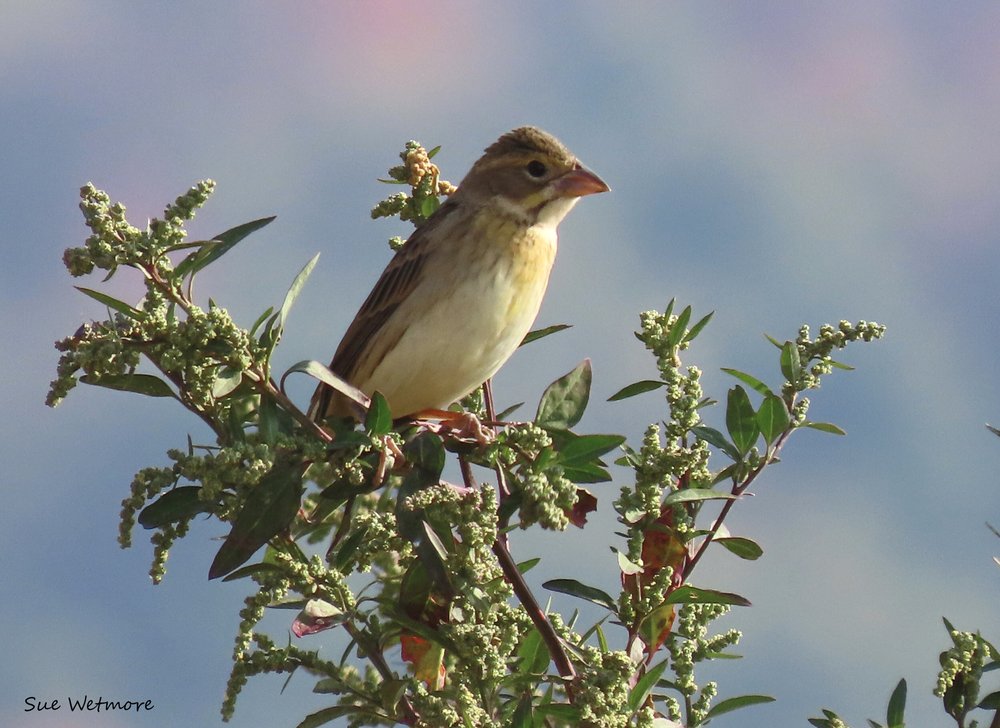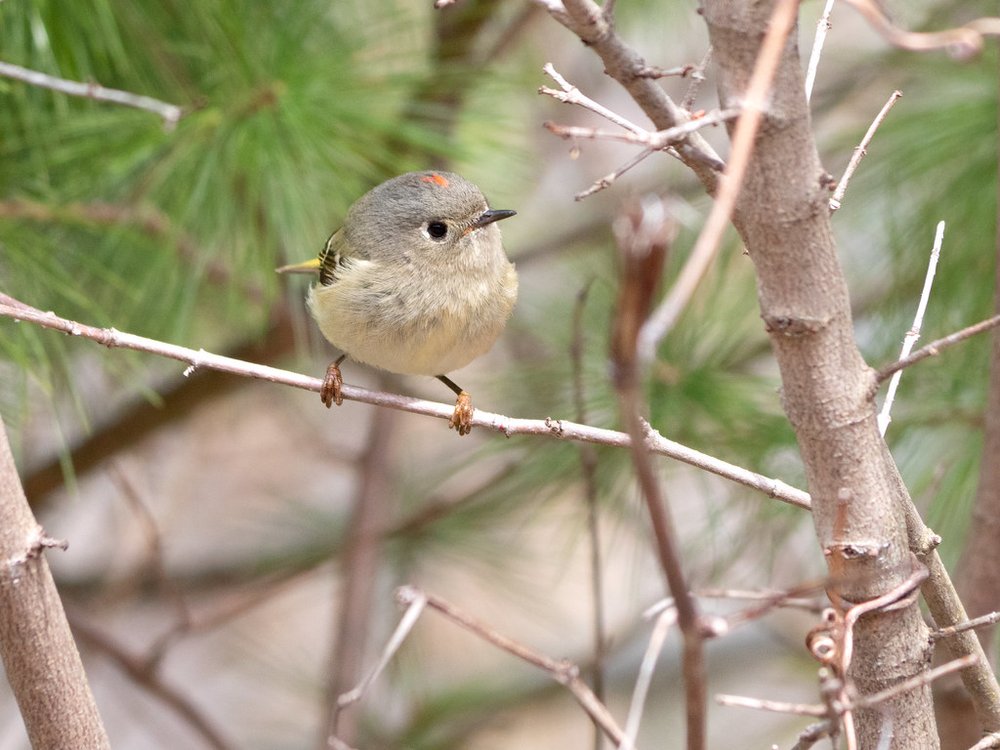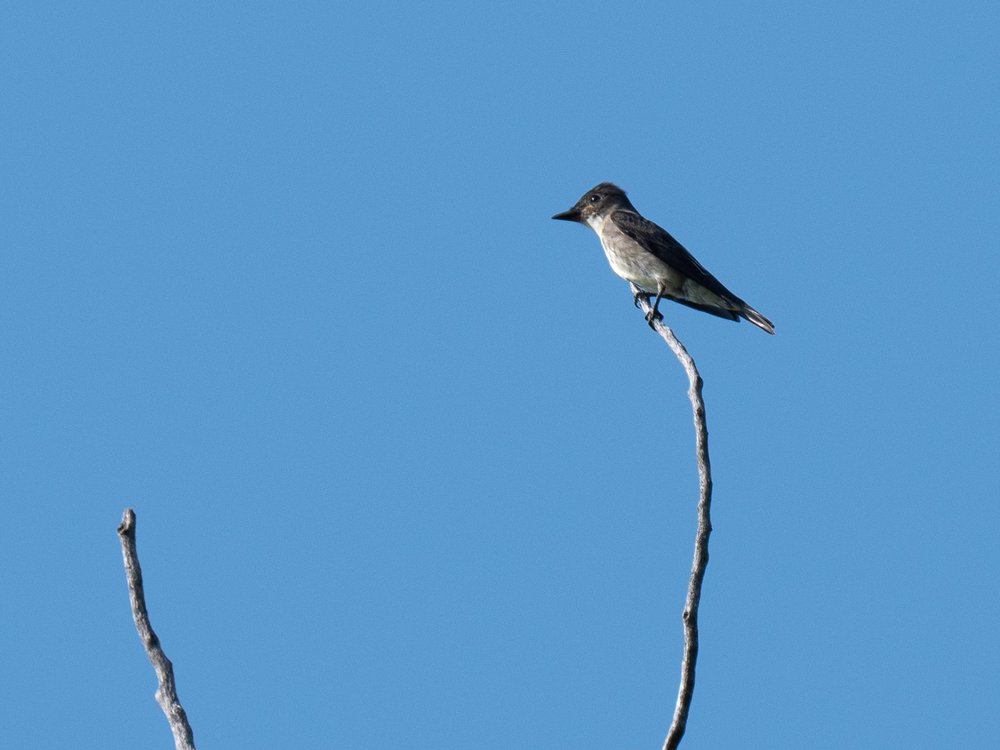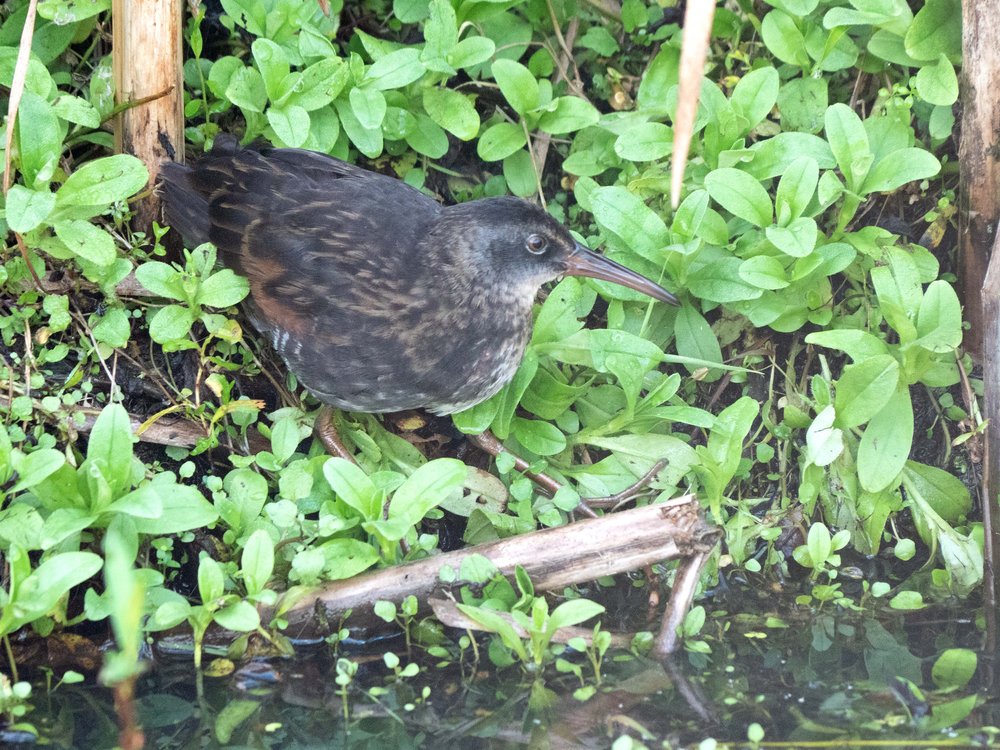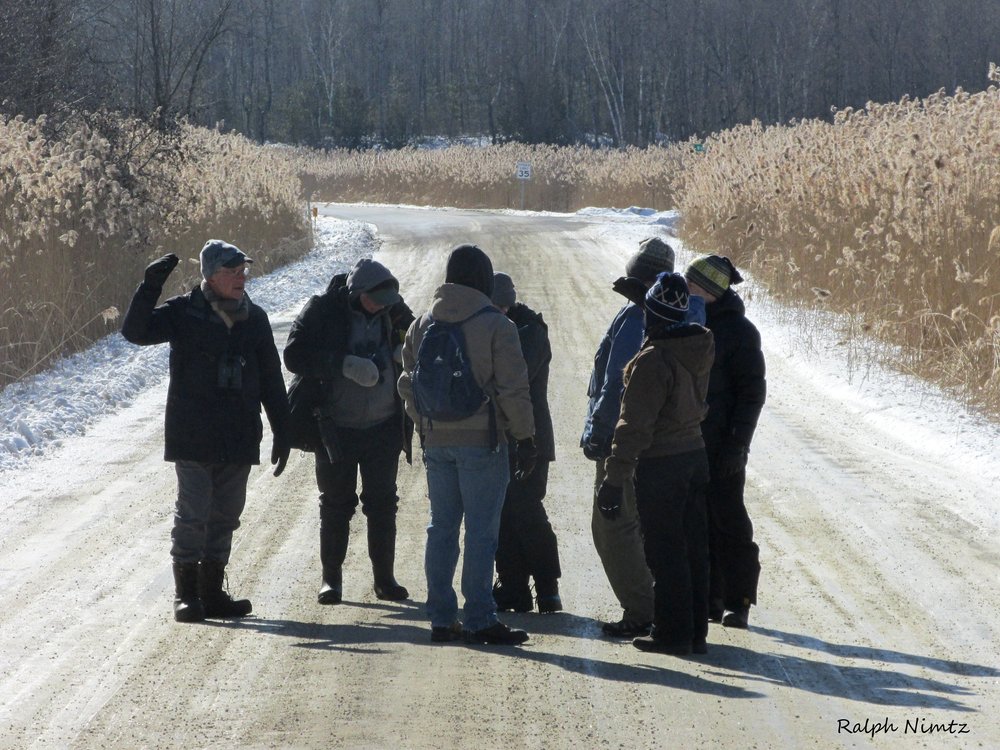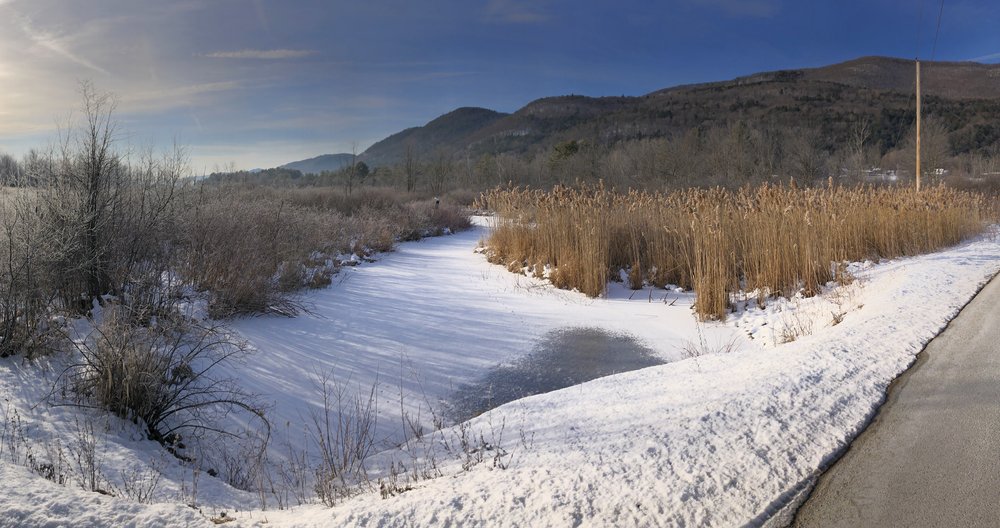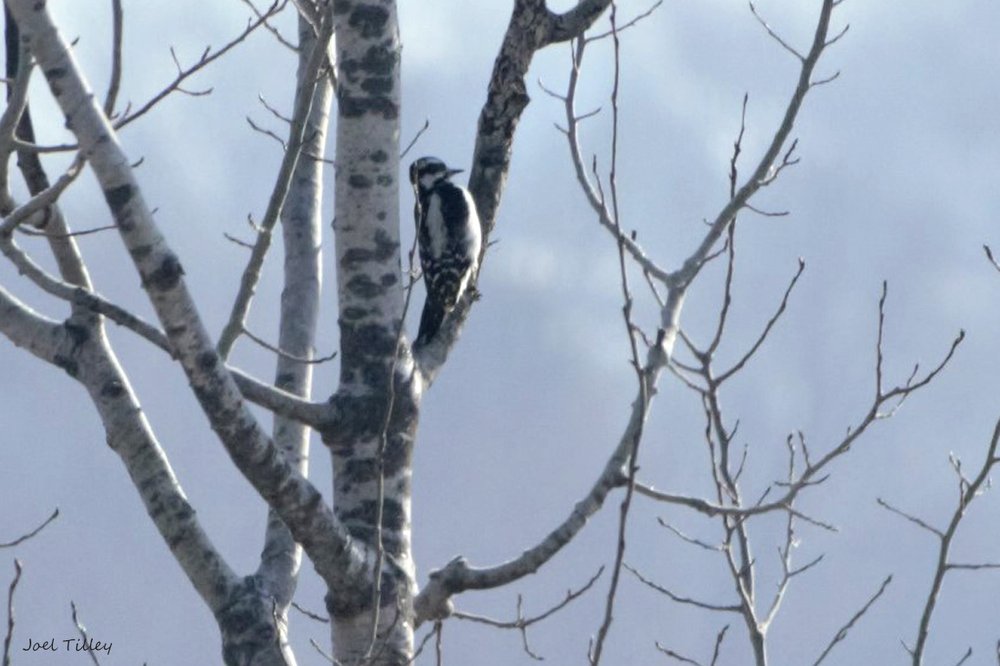 Patch Pond, RutlandAnother Rutland Christmas Bird Count (CBC) is in the books. Our count took place on December 28, a mild and practically snowless day, comfortable for the participants, but perhaps affecting our numbers.
Patch Pond, RutlandAnother Rutland Christmas Bird Count (CBC) is in the books. Our count took place on December 28, a mild and practically snowless day, comfortable for the participants, but perhaps affecting our numbers.
The count was Rutland’s 46th and National Audubon’s 120th. The history of the CBC is an interesting one and worth a read if you aren’t familiar with it. Click here to learn more.
Thirty-seven field team participants and five feeder watchers contributed to tally 49 species this year, the same number as in 2018. A ‘count week’ bird, ruffed grouse, was observed thanks to the Pine Hill Park team who saw fresh tracks.
Both the ruffed grouse and wild turkey numbers were low, with zero and two respectively. Our high numbers on those species in prior years were 20 and 338. Perhaps the lack of snow along with abundant acorns and beechnuts kept these species hidden in the woods.
Red-tailed hawks numbered 24, a species recorded in all of our 46 years, but with quite a variation in numbers, the high being 43. No barred owls were reported this year. Both sharp-shinned (2) and Cooper’s hawks (4) were reported, along with one peregrine falcon atop its usual perch on the steeple of Grace Congregational Church and one bald eagle.
With plenty of open water, two belted kingfishers and three great blue herons were reported. A Wilson’s snipe was seen near Otter Creek, an expected report from the team that walks that route along the river. Waterfowl numbers overall, however, were low with 54 Canada geese (high of 1444 several years ago). American black duck and mallard numbers were low with 24 and 198 reported respectively.
A yellow-bellied sapsucker, becoming a more common occurrence in winter in Vermont, was reported (although no more than one has been recorded on any of our CBCs). Seven northern flickers were, a new record. Although red-bellied woodpeckers have been increasing in numbers in the state, only ten were seen this year as opposed to 17 last year.
Some species are quite cyclical. As expected, no redpolls, pine grosbeaks or Bohemian waxwings were seen. Red-breasted nuthatches were low (25), our high being 112. Golden-crowned kinglets at 20 were half our high. Only one purple finch was seen. Two red crossbills were seen in Mendon.
Two gray catbirds were seen, not an expected species, and are new to our CBC.
 American tree sparrow numbers were low, with some teams reporting none, and the total coming to 32. Our highest number was 362. Song sparrows, high while not a record, came in a 16. One chipping sparrow was observed.
American tree sparrow numbers were low, with some teams reporting none, and the total coming to 32. Our highest number was 362. Song sparrows, high while not a record, came in a 16. One chipping sparrow was observed.
The CBC concluded with our traditional potluck supper at the Proctor Library (with many delicious dishes as usual) and a countdown of the day’s numbers.
Christmas Bird Count data is important! If you are interested in learning more about how the data is used and what it is telling us, click here.
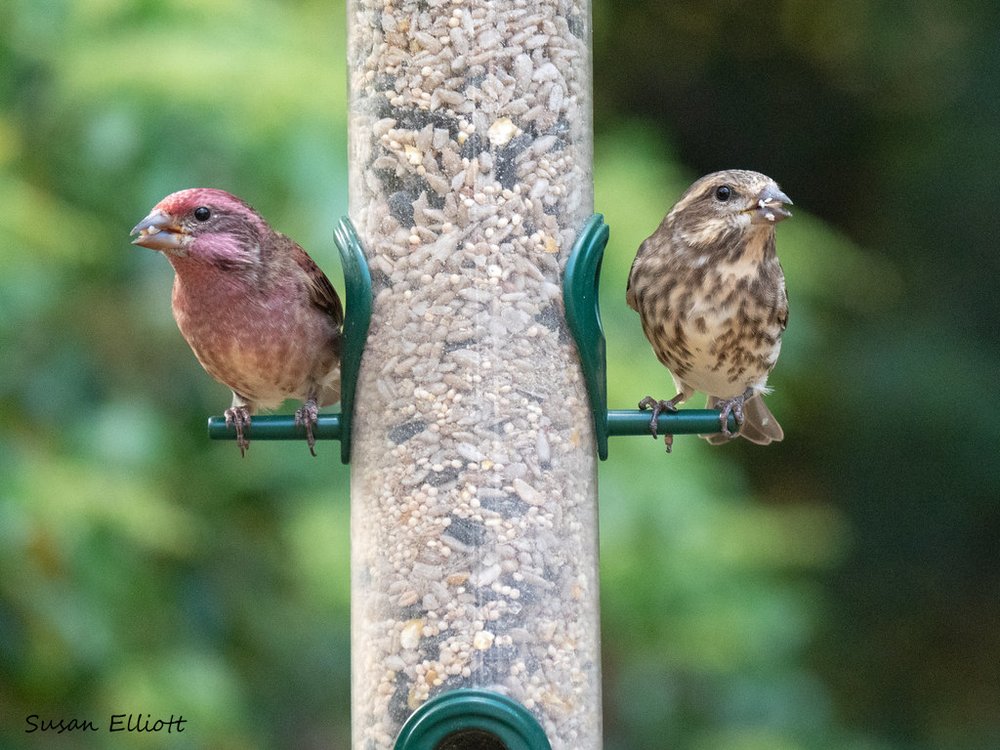 Purple FinchesOnce again, it’s time to stock up on bird feed to support our feathered friends and RCAS!
Purple FinchesOnce again, it’s time to stock up on bird feed to support our feathered friends and RCAS!